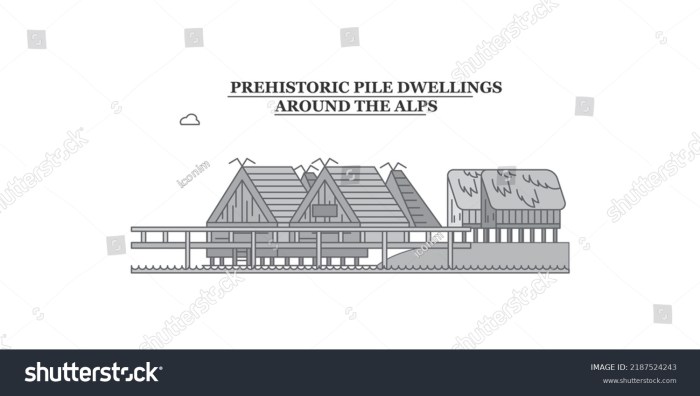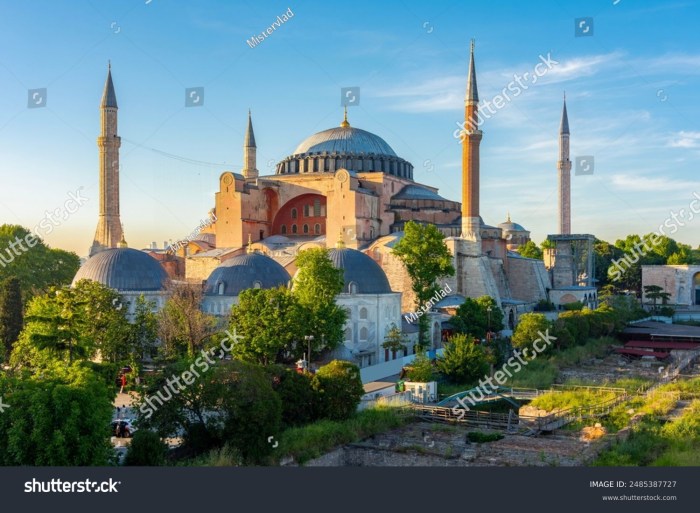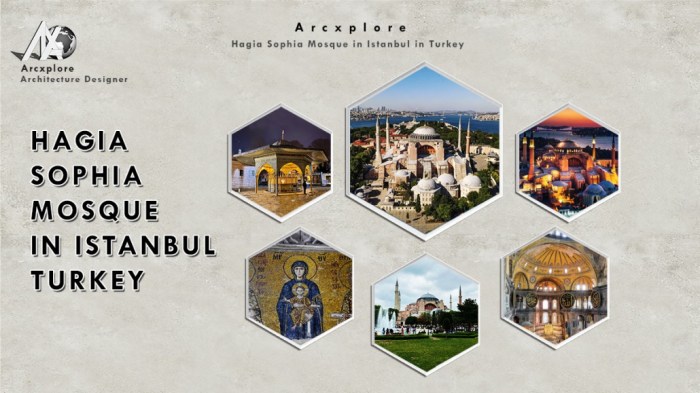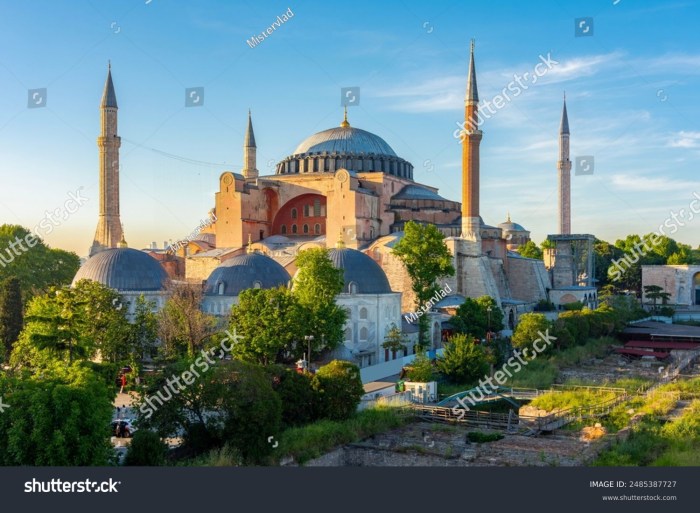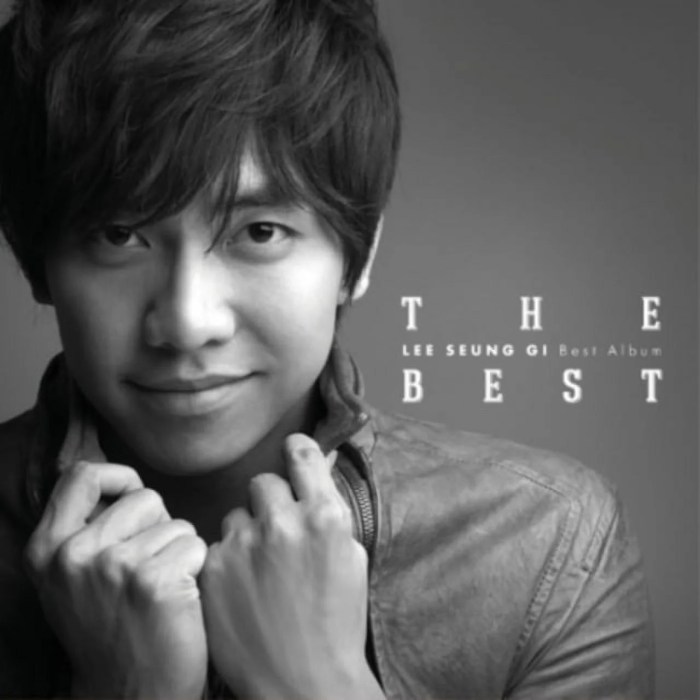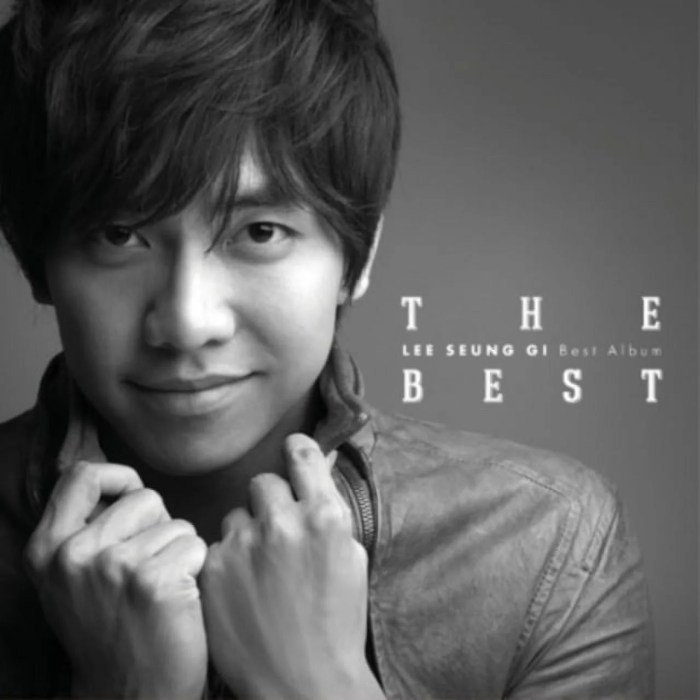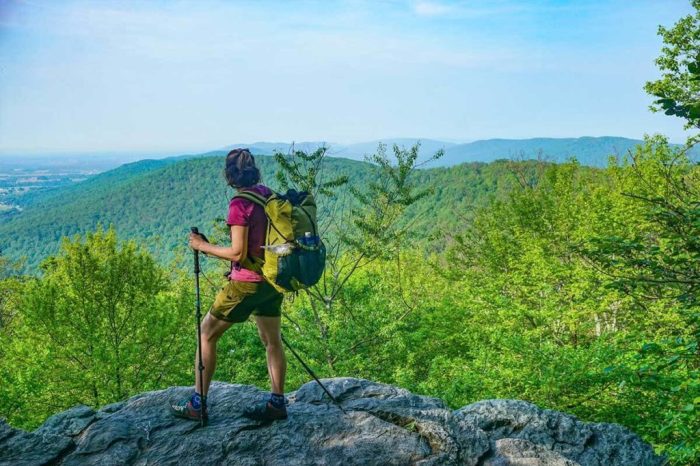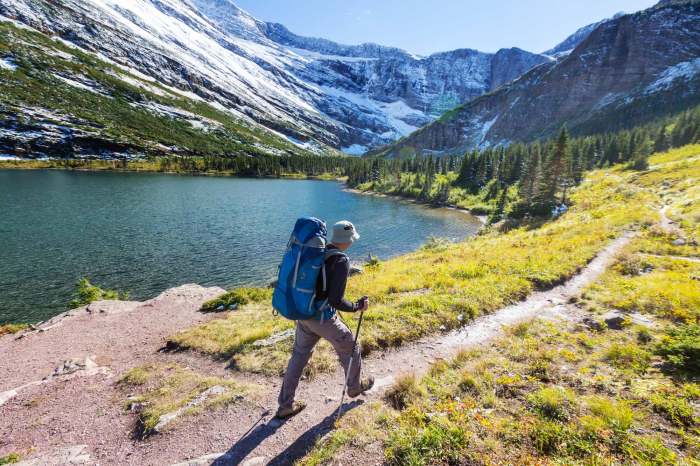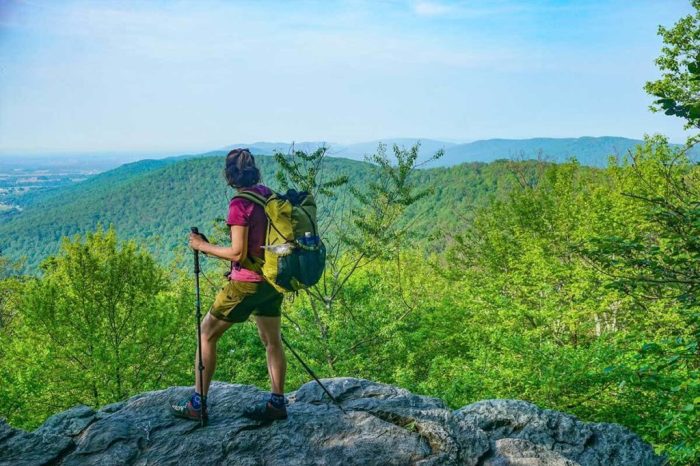UNESCO hidden gem Swiss prehistoric pile dwellings unveils a captivating journey into the past. These remarkable structures offer a window into the lives of early humans, revealing their ingenuity and adaptation to their environment. From the construction methods to the social dynamics of the communities that inhabited them, the pile dwellings stand as a testament to human resilience and cultural development.
These structures, nestled within the Swiss landscape, offer a glimpse into a world far removed from our own. Their preservation and ongoing research continue to fascinate, allowing us to connect with our ancestors and gain a deeper appreciation for their remarkable achievements.
Prehistoric Pile Dwellings of Switzerland
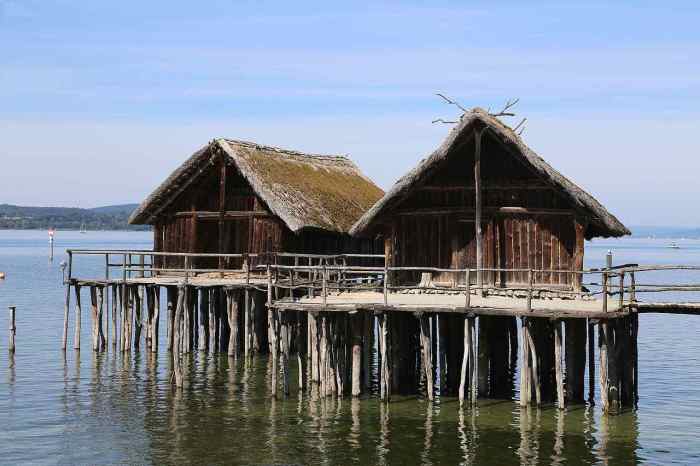
Prehistoric pile dwellings, unique structures built on wooden platforms over bodies of water, offer a fascinating glimpse into the lives of early humans. These settlements, meticulously constructed using readily available natural resources, reveal much about the ingenuity and societal organization of past populations. Their preservation, particularly in Switzerland, provides invaluable insight into the development of early agricultural practices and the evolution of human settlements.These structures, dating back millennia, represent a significant step in the progression of human habitation.
They stand as tangible evidence of early attempts to establish permanent settlements and adapt to diverse environments. Their construction, often utilizing the surrounding natural landscape, demonstrates a deep understanding of local resources and a sophisticated approach to engineering.
Definition and Historical Context
Pile dwellings are structures built on platforms elevated above water or marshy ground using driven wooden piles. This method of construction, common in various regions and periods, offered protection from flooding, predators, and other potential dangers. The historical context of these settlements is firmly rooted in the Neolithic and Bronze Ages, coinciding with the transition from nomadic hunter-gatherer lifestyles to settled agricultural communities.
This transition saw a surge in the need for permanent dwellings and reliable food sources, factors that contributed to the development of pile dwellings.
Significance in Understanding Early Human Settlements
These structures are vital for understanding the evolution of human settlements. The carefully constructed pile dwellings offer a unique opportunity to examine the social organization, daily routines, and technological advancements of early communities. Analysis of the preserved remains, including tools, artifacts, and organic materials, provides a wealth of information about their diet, crafts, and social interactions. The sheer presence of these structures, spanning centuries and across various geographical regions, highlights the adaptive capabilities and cultural diversity of early humans.
Examples of Pile Dwellings in Switzerland
Switzerland boasts numerous preserved sites of prehistoric pile dwellings, showcasing the diverse forms and characteristics of these structures. Notable examples include the sites at Pfahlbauten in Lake Constance, the Lake Zurich area, and the Lake Geneva region. Each site provides a unique window into the lives of the people who inhabited them, revealing regional variations in building techniques and lifestyle.
Regional Variations of Pile Dwellings
| Location | Period | Notable Features |
|---|---|---|
| Lake Zurich region | Neolithic to Bronze Age | Complex layouts, sophisticated woodworking techniques, evidence of agricultural activities. |
| Lake Constance (Pfahlbauten) | Neolithic to Early Iron Age | Extensive network of interconnected dwellings, large communal areas, sophisticated drainage systems. |
| Lake Geneva region | Neolithic to Bronze Age | Diverse range of dwelling sizes and types, evidence of trade routes, potential social hierarchies. |
The table above showcases the diverse regional variations in pile dwellings, highlighting the location, construction period, and key characteristics. These variations reflect the specific environmental conditions, available resources, and cultural nuances of the communities that inhabited these sites. Further research continues to unveil additional insights into the remarkable history and significance of these prehistoric settlements.
Swiss Prehistoric Pile Dwellings
These remarkable prehistoric settlements, nestled amidst the stunning Swiss landscapes, offer a captivating glimpse into the lives of our ancestors. The ingenious use of lake-side environments for construction, coupled with intricate social structures, reveals a sophisticated understanding of the natural world and the human capacity for innovation. The UNESCO designation further underscores their global importance and the need for their preservation.The Swiss prehistoric pile dwellings stand as a testament to human ingenuity and adaptation.
They represent a significant phase in human development, showcasing a sophisticated understanding of their environment and the ability to create complex settlements. These sites demonstrate not just how people lived, but also how they interacted with their surroundings and each other.
UNESCO Significance Criteria
The inclusion of the Swiss prehistoric pile dwellings on the UNESCO World Heritage List is based on their outstanding universal value. This designation recognizes their exceptional significance in showcasing the development of human settlements, agricultural practices, and social structures in Europe. These sites meet several criteria, including their age, their cultural continuity, and their contribution to the understanding of human prehistory.
Cultural, Historical, and Scientific Importance
These sites are profoundly important for understanding the cultural and historical evolution of human societies. The intricate construction techniques, the use of various materials, and the layout of the settlements provide insights into the social organization, daily lives, and belief systems of the people who inhabited them. Archaeological findings from these sites offer invaluable data on the development of agriculture, craft production, and societal structures.
The scientific importance of these settlements lies in their ability to illustrate the transition from nomadic to settled lifestyles, and the subsequent development of sophisticated social structures.
Unique Characteristics
The unique characteristics that make these Swiss sites globally significant include their exceptional preservation, the sheer number of sites discovered, and the wealth of archaeological material found. The careful preservation of the wooden structures, the remarkable preservation of the lacustrine environment, and the density of the sites, all contribute to their outstanding universal value. The detailed records of the excavations and the comprehensive research conducted on these sites further add to their global significance.
Preservation Efforts and Management Strategies
Preservation efforts are paramount to maintaining the integrity of these sites for future generations. These efforts encompass a multifaceted approach, including the ongoing maintenance of the archaeological sites, the careful management of the surrounding environment, and public outreach programs to educate visitors about the significance of these sites. The meticulous documentation of archaeological findings and the implementation of sustainable management strategies are crucial to ensure their long-term preservation.
Comparative Analysis of Prehistoric Pile Dwellings Sites
| UNESCO Site | Location | Key Features | UNESCO Criteria |
|---|---|---|---|
| Prehistoric Pile Dwellings around the Alps | Switzerland, Austria, Italy, and France | Extensive network of pile dwellings, offering a comparative perspective on cultural evolution across regions. | Criterion i (outstanding universal value), Criterion iii (testimony to important cultural traditions or to the development of human civilization). |
| Lake Dwellings of the Swiss Plateau | Switzerland | Exceptional preservation of wooden structures, showcasing early settlement patterns and innovations. | Criterion i (outstanding universal value), Criterion iii (testimony to important cultural traditions or to the development of human civilization). |
| [Other example site] | [Location] | [Key Features] | [UNESCO Criteria] |
The preservation of these sites is crucial for understanding the past and appreciating the remarkable achievements of our ancestors.
Methods of Construction and Living
The prehistoric pile dwellings of Switzerland offer a fascinating glimpse into the ingenuity and adaptability of early human settlements. These structures, built on the shores of lakes and rivers, showcase a sophisticated understanding of engineering principles, particularly given the limited tools and resources available at the time. They reveal not only how these communities constructed their homes but also provide insights into their social organization and daily lives.These remarkable dwellings, constructed over centuries, present a continuous record of evolution in building techniques, reflecting changing needs and environmental pressures.
From the initial rudimentary methods to more complex and refined structures, the adaptation of building techniques provides a clear picture of the evolving society.
Construction Techniques
The construction of pile dwellings involved a meticulous process. Driven wooden piles, often of large diameter, were pounded into the lake or riverbed to form a stable foundation. These piles supported the platform on which the dwellings were built. The platforms were then constructed using timber beams, interlocked and interwoven in a complex framework. Rods, reeds, and other organic materials were used to create walls and roofs.
Tools and Materials, Unesco hidden gem swiss prehistoric pile dwellings
The tools and materials used in the construction of these dwellings reveal much about the capabilities and resourcefulness of the communities. Sharp stones were used for shaping timber and preparing the wooden piles. The communities utilized various types of wood, likely selecting species based on their strength and durability. Ropes and other binding materials, possibly made from plant fibers, were critical for securing the wooden components together.
The availability of these resources and the sophistication of tool usage highlight the communities’ knowledge of their environment.
Social Structures and Daily Life
The social structures of the pile dwellers are not fully understood, but the size and complexity of the dwellings suggest the presence of organized communities. Archaeological evidence points towards a division of labor, where individuals specialized in different tasks related to construction, agriculture, and resource management. The discovery of storage pits and communal areas suggests a level of social cooperation and shared resources.The daily lives of these people are largely reconstructed from the artifacts and remnants found at the sites.
Evidence suggests that they were involved in farming, fishing, and hunting, likely with a mixed economy. The discovery of pottery fragments, tools, and other household items provides a glimpse into the daily routines and cultural practices of these communities. Their living conditions, while challenging compared to modern settlements, were likely more sustainable and integrated with their environment.
Living Conditions Compared to Contemporary Settlements
The living conditions in pile dwellings differed significantly from contemporary settlements in several aspects. These settlements were often located in challenging environments, demanding considerable adaptation to the surrounding landscape and resources. The communities needed to master sophisticated construction methods to build their houses. The construction techniques reflected a high level of innovation for the time, adapting to the specific challenges of their location.
While the settlements lacked the comforts and conveniences of modern dwellings, the inhabitants likely developed strong social bonds and a profound understanding of their environment.
Ever wondered about those incredible Swiss prehistoric pile dwellings, a UNESCO hidden gem? Packing for such a trip, though, requires some savvy travel essentials. For the best Amazon hotel travel essentials, check out these concierge picks to ensure your trip is smooth and stylish. best amazon hotel travel essentials concierge picks These will come in handy for exploring the region’s historical wonders and getting the most out of your stay, just like the unique architecture of these ancient settlements.
Evolution of Construction Techniques
| Period | Construction Technique | Tools and Materials | Social Structure |
|---|---|---|---|
| Early | Rudimentary pile driving, simple platform construction | Sharp stones, basic wood, plant fibers | Small, likely family-based groups |
| Middle | More refined pile driving, use of interlocking beams, improved platform design | More sophisticated tools, wider variety of wood, refined binding materials | Larger, more organized communities |
| Late | Advanced techniques in pile driving and platform construction, sophisticated designs | Improved tools and materials, specialized wood usage | Complex social structures, division of labor |
The table above illustrates the evolution of construction techniques across different periods of the pile dwelling sites. Each period shows a clear progression in building methods, reflecting a growth in the skills and knowledge of the inhabitants. These developments reveal a dynamic and evolving society adapting to changing needs and challenges.
Modern Interpretations and Discoveries
The prehistoric pile dwellings of Switzerland, once shrouded in mystery, are now being illuminated by modern research. Archaeological discoveries, coupled with advanced scientific techniques, are revealing new insights into the lives, social structures, and environmental conditions of these early inhabitants. This refined understanding is crucial for appreciating the depth and complexity of human history.Modern interpretations are significantly enhancing our understanding of these settlements.
The meticulous excavation and analysis of artifacts, coupled with environmental studies, provide a richer tapestry of evidence, allowing for a more nuanced and accurate portrayal of the past. This shift from a general understanding to a more comprehensive picture is greatly aided by technological advancements.
Current Research and Archaeological Discoveries
Ongoing archaeological excavations at various sites continue to unearth new artifacts and structures. These discoveries provide invaluable details about daily life, trade routes, and potential societal interactions. The meticulous recording and analysis of these finds, including tools, pottery, and remnants of wooden structures, are providing fresh perspectives on the settlements’ function and complexity. New techniques like carbon dating are employed to precisely establish timelines and contextualize discoveries.
Latest Interpretations of the Findings
Recent studies suggest a more sophisticated understanding of the pile dwellings’ construction techniques. The meticulous organization of the settlements hints at advanced planning and social organization. The utilization of wood, reeds, and other readily available resources highlights the inhabitants’ adaptability and resourcefulness. Moreover, analysis of pollen and other plant remains suggests insights into the surrounding environment and the inhabitants’ agricultural practices.
This allows for a more complete reconstruction of their environment and economic activities.
How Modern Techniques Help Understand the Past
Advanced scientific methods like dendrochronology (tree-ring dating) and pollen analysis are instrumental in reconstructing the environment and climate conditions of the past. Carbon dating, a key technique, allows archaeologists to precisely determine the age of organic materials, establishing a clearer chronology of the settlements’ occupation. These techniques, in conjunction with analysis of the structural remains and artifacts, provide a more complete picture of the past.
By using multiple dating methods and comparing findings, archaeologists can create a more robust and detailed understanding of the sites.
Ever wondered about those incredible UNESCO hidden gem Swiss prehistoric pile dwellings? They’re fascinating, showcasing a unique history. While pondering these ancient structures, I couldn’t help but think about the sportiest countries in the world sportiest countries in the world. Maybe the dedication to athleticism reflects a similar deep-rooted culture of ingenuity and resilience seen in these early settlements?
Either way, these Swiss pile dwellings remain a truly captivating glimpse into the past.
Ongoing Efforts in Preserving and Interpreting
Preservation efforts at the pile dwelling sites are paramount. Consolidation and stabilization of the fragile wooden structures, along with the protection of the surrounding environment, are critical for the long-term preservation of these historical sites. The aim is to balance preservation with public access and education. Efforts are being made to develop engaging exhibits and educational materials to share the findings with future generations.
Chronology of Significant Discoveries
| Year | Site | Significant Discovery |
|---|---|---|
| 1850s | Various sites | Initial systematic excavations, leading to the discovery of pile dwellings. |
| 1920s-1930s | Lake Zurich | Extensive excavations revealing intricate settlement structures. |
| 1960s-1970s | Lake Constance | New discoveries revealing more about the economic and social lives of the inhabitants. |
| 1980s-1990s | Various sites | Advancement in dating methods, such as carbon dating and dendrochronology, refine timelines. |
| 2000s-Present | Lake Biel | Ongoing excavations provide insights into the evolution of settlement patterns. |
Preservation and Tourism: Unesco Hidden Gem Swiss Prehistoric Pile Dwellings
The prehistoric pile dwellings of Switzerland, a testament to human ingenuity and adaptation, are not just historical artifacts; they are living pieces of history. Preserving these sites is crucial not only for understanding our past but also for ensuring their continued accessibility to future generations. Effective tourism management plays a vital role in this preservation effort, ensuring that the benefits of visitor interest are balanced with the delicate needs of these fragile historical environments.Sustainable tourism practices are essential for maintaining the integrity of these UNESCO World Heritage sites.
The delicate balance between visitor experience and site protection demands careful consideration and proactive measures. Proper management of visitor numbers and distribution, along with the implementation of environmentally friendly practices, are paramount.
Importance of Preservation Efforts
Preservation efforts are vital to safeguarding these historical sites from deterioration and ensuring their long-term survival. These sites represent a unique glimpse into the lives of our ancestors, providing invaluable insights into their social structures, daily routines, and technological advancements. Thorough preservation strategies, encompassing structural reinforcement, environmental monitoring, and the development of mitigation measures for erosion and weathering, are necessary to maintain the integrity of these ancient dwellings.
Impact of Tourism on the Sites
Tourism, while a source of revenue and cultural awareness, can have a significant impact on these delicate sites. The sheer number of visitors can lead to increased stress on the structures, soil erosion, and contamination from human activity. It’s imperative that the impact of tourism is managed sustainably to minimize negative consequences and maximize positive outcomes.
Sustainable Tourism Practices
Sustainable tourism practices at these sites focus on minimizing environmental impact while maximizing the visitor experience. Examples include implementing controlled access systems, promoting responsible visitor behaviour through education, and using environmentally friendly transportation options. These practices aim to create a balance between the economic benefits of tourism and the preservation of the historical heritage.
Best Practices for Sustainable Tourism
Implementing best practices for sustainable tourism requires a multi-faceted approach. Careful visitor management plans, incorporating controlled access limits and staggered entry times, are crucial. Educational programs that educate visitors about the importance of respecting the sites and their fragile environment are essential. Promoting eco-friendly transportation options, such as cycling or guided walking tours, can minimize the environmental footprint of tourism.
Moreover, the use of renewable energy sources and waste management systems can further enhance sustainability.
Measures to Balance Tourism and Preservation
Balancing the needs of tourism with the preservation requirements necessitates careful planning and implementation. This involves establishing clear visitor guidelines, creating designated pathways and areas, and employing staff to monitor and manage visitor behaviour. Moreover, implementing strict protocols for waste management and ensuring minimal disturbance to the surrounding natural environment are key aspects of this balance.
Tourist Facilities and Visitor Centers
| Facility Type | Description |
|---|---|
| Visitor Centers | These centers provide information about the site’s history, construction methods, and daily life. They often include interactive exhibits, displays, and multimedia presentations to enhance the visitor experience. |
| Interpretive Trails | Well-marked trails allow visitors to explore the site’s surroundings and gain a deeper understanding of the environment in which the pile dwellings were situated. These trails are often accompanied by informative signage and guided tours. |
| Accommodation | Sustainable accommodation options, such as eco-lodges or hotels with low-impact designs, are often located near the sites to minimize the environmental impact of visitor travel. |
| Restaurants | Restaurants near the sites often feature locally sourced ingredients and utilize eco-friendly practices to further minimize their environmental impact. |
The above table Artikels the various tourist facilities and visitor centers often found at these prehistoric pile dwelling sites, illustrating the effort to provide both informative and enjoyable experiences for visitors while maintaining the integrity of the historical environment.
Illustrative Descriptions of the Dwellings
The prehistoric pile dwellings of Switzerland offer a captivating glimpse into the lives of early humans. These structures, built on stilts above the water, represent a remarkable adaptation to the environment and a testament to the ingenuity of our ancestors. They were not simply shelters, but complex settlements, offering insights into social organization, daily routines, and technological advancements.These remarkable dwellings reveal much about the ingenuity and resourcefulness of prehistoric peoples.
Ever wondered about those fascinating Swiss prehistoric pile dwellings, a UNESCO hidden gem? Exploring these ancient structures is truly captivating. While you’re there, you might also want to delve into the rich culinary heritage of Saudi Arabia, trying out some delicious local specialties. Check out heritage food to try in saudi arabia for some mouthwatering ideas! These ancient settlements offer a glimpse into the past, just like the unique tastes of Saudi Arabian cuisine.
The sheer history embedded in those Swiss pile dwellings is amazing.
Examining the structures themselves, the materials used, and the artifacts recovered, provides a vivid picture of the daily life of these early communities.
Appearance and Construction
The pile dwellings, often constructed on the shores of lakes or rivers, presented a unique architectural style. Imagine structures resembling small, elevated platforms, their wooden posts rising from the water’s edge. These posts, driven deep into the lakebed, supported the wooden platforms, forming living areas and storage spaces. The platforms themselves were often interconnected, creating a network of dwellings that may have served communal purposes.
Variations in the size and complexity of the structures suggest distinctions in social status or family size. The dwellings were typically covered with wattle and daub, a framework of interwoven branches and mud, providing a degree of weather protection. Some evidence suggests the use of thatch for added insulation and waterproofing.
Materials and Techniques
The construction of these dwellings relied heavily on readily available natural resources. Local timber, likely oak or pine, served as the primary building material for posts, beams, and platforms. The precise cutting and shaping of these timbers required considerable skill. The use of stone tools, such as adzes and axes, allowed for the efficient shaping and fitting of the wooden elements.
The wattle and daub technique, employing interwoven branches and mud, provided a sturdy and relatively inexpensive exterior covering. The use of these materials and techniques underscores the ingenuity of early builders in adapting to their environment and harnessing the resources around them.
Activities within the Dwellings
The pile dwellings were not just places to sleep; they were hubs of activity. Evidence suggests that the dwellings housed various activities, including cooking, crafting, and communal gatherings. The discovery of hearths within the structures indicates the presence of fires, central to both warmth and food preparation. Storage pits and containers suggest the importance of food preservation and the organization of resources.
The presence of tools and other artifacts suggests the performance of diverse tasks, including fishing, hunting, and weaving. The interconnected nature of the dwellings implies a social structure where communal living and activities played a significant role.
Everyday Objects and Tools
Excavations at pile dwelling sites have unearthed a wealth of everyday objects, providing a glimpse into the lives of the inhabitants. Among the most common finds are tools for woodworking, such as adzes and axes. Fishing implements, like hooks and nets, reveal the importance of aquatic resources. Pottery shards offer insight into cooking and food preparation methods.
The discovery of tools and ornaments demonstrates the creativity and ingenuity of these early peoples. The detailed study of these objects provides a tangible connection to the past, allowing us to understand the daily routines and cultural practices of the inhabitants.
Historical Account
“At the site of the Swiss pile dwellings at the Lake of Zurich, the excavations revealed a surprising diversity of tools and domestic objects. The remarkable preservation of organic materials, such as wood and textiles, offers a unique opportunity to understand the everyday lives of these ancient communities. The careful organization of the structures suggests a sophisticated understanding of architecture and resource management, highlighting the ingenuity of these early inhabitants.”
Comparison with Other Regions
Swiss pile dwellings, while remarkable in their preservation and sophistication, are not unique. Similar structures, though often with variations, have emerged in other parts of the world, offering insights into shared practices and evolving cultural exchanges. Understanding these parallels helps to appreciate the wider context of prehistoric human ingenuity and adaptability.This exploration will compare the Swiss examples with those found elsewhere, analyzing construction methods, societal structures, and the potential for cultural interaction.
We will identify key similarities and differences, highlighting the importance of these ancient dwellings as a testament to the ingenuity and shared needs of human communities across different landscapes.
Similarities in Construction Techniques
Early settlements across Europe and beyond frequently relied on similar fundamental principles of utilizing readily available resources. Water bodies provided natural protection, while the raised platform facilitated both defense and improved hygiene. The use of locally sourced materials, such as wood and wattle and daub, was widespread. These factors demonstrate a shared understanding of practical solutions to environmental challenges and the desire for settlements with enhanced security.
Cultural Context and Significance
The cultural context of pile dwellings often revolved around the interplay of the environment and social structures. Proximity to water sources played a vital role in resource acquisition and transportation. These settlements were often strategically located for agricultural purposes and trade routes, suggesting a degree of social organization and resource management. The cultural significance varied across regions, reflecting local beliefs, traditions, and social hierarchies.
Comparison Table of Pile Dwellings
| Region | Construction Materials | Environmental Context | Cultural Significance | Key Features |
|---|---|---|---|---|
| Switzerland | Wood, wattle and daub, reeds | Lakes and rivers | Agricultural communities, possible trade centers | Complex structures, sophisticated pile driving techniques |
| Southeastern Europe (e.g., Danube River Basin) | Wood, mud, and straw | Rivers and lakes | Likely agricultural settlements, possible early forms of trade | Similar raised platform designs, varied structural complexity |
| China (e.g., Lake Taihu region) | Bamboo, wood | Lakes and wetlands | Possible fishing villages, early forms of water management | Adaptability to unique environmental conditions |
| Eastern North America (e.g., Great Lakes region) | Wood, bark, and woven mats | Lakes and rivers | Fishing communities, limited evidence of agriculture | Differing structural designs due to varied materials |
Exchange of Knowledge and Ideas
The spread of construction techniques and cultural practices across geographical boundaries is often a consequence of human interaction. Migration, trade, and cultural exchange facilitated the dissemination of knowledge, resulting in the adaptation and integration of ideas into existing traditions. The similarity in construction techniques across regions strongly suggests some degree of cultural exchange.
Influences from Neighboring Cultures
Identifying specific influences from neighboring cultures can be challenging due to the limited historical record. However, the presence of shared construction methods suggests potential interaction and the borrowing of ideas. The adoption of certain elements might have stemmed from trade routes or the migration of communities.
Closing Notes
In conclusion, the Swiss prehistoric pile dwellings, recognized as a UNESCO World Heritage site, are a treasure trove of human history. Their enduring presence, alongside ongoing research and preservation efforts, ensures that these ancient settlements continue to inspire and educate us for generations to come. They stand as a beacon of cultural significance, offering insights into early human societies and their ingenious adaptation to the environment.
